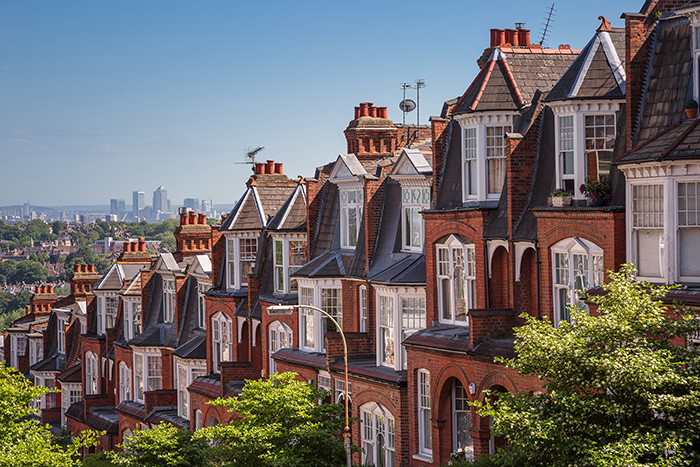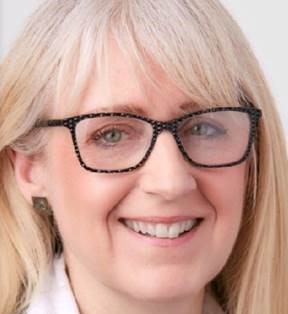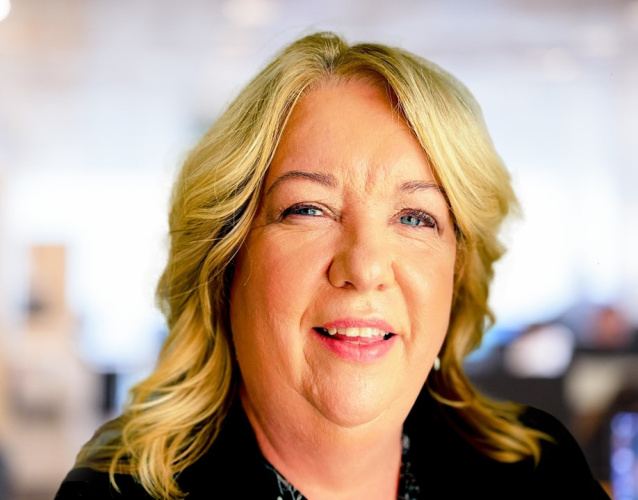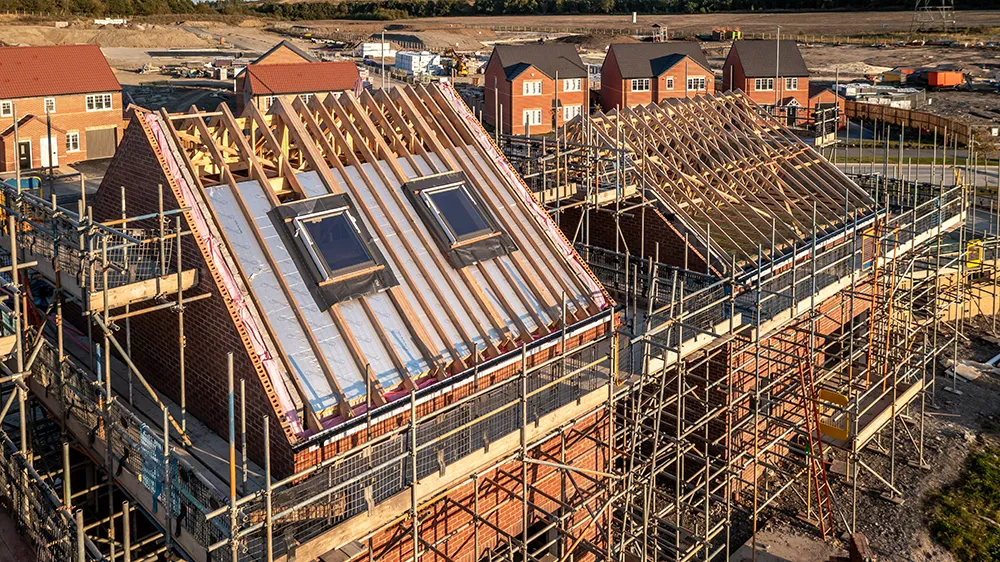
A house price slump of 10% next year could push hundreds of thousands of mortgage payers into higher loan-to-value brackets, adding £2,000 to average annual repayments, says a Bank of England blog.
A sharp house price fall could lead to high LTV spreads rise by 100 basis points, which would push around 350,000 mortgage payers above an LTV of 75%, triggering higher bills, argues BoE staff blog Bank Underground.
“This could have a material impact on the economy,” say the writers, deputy chief economist at the Foreign, Commonwealth and Development Office Fergus Cumming and Danny Walker, who works in the BoE’s deputy governor’s office.
Mortgages with higher LTVs are usually more expensive for borrowers and when house prices fall, ratios can increase, they point out.
Their report comes against a backdrop that has seen the Bank of England base rate, climb to 5.25% from an historic low of 0.1% in December 2021.
The pair say their scenario of the 90% LTV mortgage rate increasing by 100 basis points with house prices falling by 10% is not a forecast, but is “within the realms of possibility”.
But contrast, during the 2007 to 2009 financial crisis, the 90% LTV spread – measured against 60% LTV mortgages – widened by over 250 basis points while house prices fell by almost 20% from peak to trough.
The pair argue that their scenario would “eventually increase repayments by 40% over-and-above the rise in mortgage rates already baked in,” as homeowners on a mortgage typically roll on to new two- and five-year deals.
They add that the mortgage payers hit hardest in this situation would be “some of the most financially constrained households” in the country and are the “most likely to substantially change their spending patterns,” affecting consumption levels in the wider economy.
The writers based their report on Bank of England, Office for National Statistics and Financial Conduct Authority Product Sales Database figures.



